"If people want it, then conservation should be done; if they don’t, it should be taken away”, says Prof. Ho Puay-Peng, the current head of the Department of Architecture at the National University of Singapore (NUS). There are limitations to this principle, however, Prof. Ho admits. “If the people don’t want the Statue of Liberty, you can’t simply take it away. It is what we call a monument and an icon for New York for a very long time."
In Hong Kong, where Prof Ho has been active in conservation projects, local (neighborhood) participation is encouraged. “It’s not just some higher up authority saying what should be done to the buildings. What is interesting is that you have in Hong Kong the action groups, the pressure groups, and the lobbyists, and we are seeing this developing here in Singapore.”
Prof. Ho cites a conservation issue that one of his students took on by himself. “There is an old shophouse in Central (Hong Kong) that the Urban Redevelopment Authority wanted to tear down, but the student – solitarily – did his research, moved for its preservation, involved the media in it, and gathered public petition for the preservation. I’m very proud of my student. And he isn't even from Hong Kong; he’s from Guangzhou.”
“The said shophouse,” Prof. Ho explains, “is not even decorated like some of what we have here in Singapore. Some of the shophouses in Hong Kong can be in horrible state, but if there is someone who brings it to public attention, and a debate starts and the public is drawn in to participate, then the value of the said building can be ascertained – at least in that moment in time.”
Prof. Ho does not believe in “preserving everything for the sake of preservation”; “I believe in social involvement in the process. We as building professionals can provide some perspective, but it’s up to the public whether or not they want to keep a particular building. And they should also decide how to use it. Our job is to pass it down to the next generation to decide; it’s that kind of a process.
“To me, personally, nothing is sacred. This is just human endeavor. If something is lost, I’ll be sad – maybe – but not because it’s not sacred.” Prof. Ho allows that if a building is architecturally or historically significant, it should be fully documented it in all possible ways.
Preservation, he says, as a way of recording a building is going to the extreme. If a building is identified for demolition, there should be an earnest effort to document it “and that is already good enough for me. What’s worse is when people go in to destroy or preserve a building against the will of society. Either way is bad.”
A common problem that is often associated with conservation of old buildings is that they often come with additions, renovations and alterations that have changed the spirit of the original over time. “When people decide to preserve the building, they decide which parts to keep and which to tear away, but who has the moral authority and the responsibility to choose which of the many later additions should be taken away? That is a classic question. That is why all the records, all the history should be out there for the people to decide. I don’t think that the professionals alone have the moral authority to exercise over the matter; ultimately, the public has to step in and do that. In most cases there will be public consultation – but even before that, the maximum information should be out there.”
Prof. Ho once participated in the preservation of a central market in Hong Kong. The building dates back to 1935 and had about 260 stalls arrayed in rows for specific produce and merchandise. “We went in, did a condition survey, and put in grades. We said, this row of five stalls is very well preserved and everything can be traced to a photograph taken in say 1935, so it merits a higher grade. But we gave them all the information. We did not say that stalls with higher grades should be preserved, and those with poor grades should just be torn down.”
.jpg)
Some stalls had been altered, but alteration is part of the structure’s history and therefore consisted a valid information in telling the building’s story, Prof. Ho explais. “If you go in there with a mission to preserve all traces of human activity – of the additions, alterations, reconstructions, renovation, then that is the principle that you adhere to. You have to preserve everything in there. But if you feel that some of them destroyed the original intent or ambience, then you have to decide whether or not to take away those parts.”
In cases where there have been heavy encroachments to the original, and the original intent wasn’t realized or cannot be seen, we have to remove that. “That’s my other principle,” Prof. Ho declares. “I am more of a purist so I don’t mind going back to the original. I can show all the documentation of all the later works, the additions and alterations, but I like to go back to the original because that’s the spirit of the building.”
When an international business school was allowed the use of a former **** barracks in Hong Kong, Prof. Ho was called in to lead the preservation. “One of the barracks was used in 1967 to keep political prisoners, without trial, under the Internal Security Act. There was nothing left of the prison cells because they had been taken down. However, there were marks on the ceiling and on the floor that indicated where those isolation cells were built.”
Arguably, the prison cells were not part of the original intention of the building, but they were very significant in telling the **** barrack’s story. “When the tenant wanted to turn it into a classroom, I told them that they can put a carpet on the floor up but only to a point; I made them leave the marks so that they would show. I felt we got the best of both worlds – they can use the space to their requirements, and at the same time show part of its history.”
Who decides which parts of the building’s narrative must be preserved and shown? “In a more developed group. There are very specialized pressure groups doing that,” Prof Ho elaborates. “In London, for example, there’s the Georgian Society, the Celtic Society, the Queen Anne Society – because Queen Anne is also a particular period with a particular style. They will often be purists covering particular periods, but you also have other groups of scholars to provide another voice, another perspective. Then there’s public consultation as well as an advisory committee that would make the decision.”
Among Prof. Ho’s high profile projects was the planned conservation of the Haw Par Mansion and the adjoining Tiger Balm Garden in Hong Kong. Built in 1935 by Aw Boon Haw, the elder son of the tycoon who built the empire, it comprised the family home done in a very fine Chinese style, and a very elaborate garden with grotesqueries and follies. Prof. Ho was originally involved in the project to document the Mansion and its Garden; the sole surviving heir, Ms. Sally Haw, had wanted to sell the site.
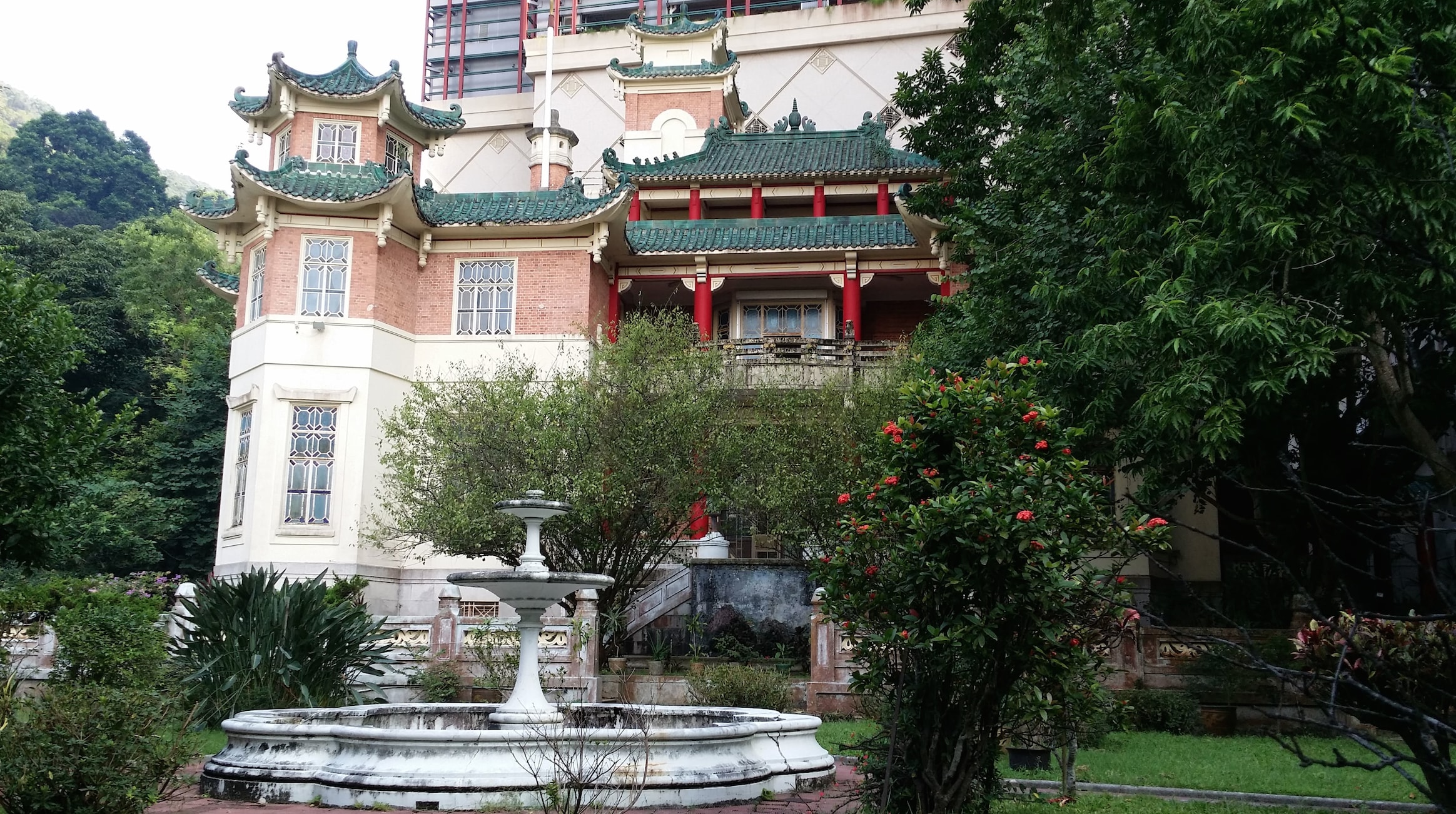
Eventually, Cheung Kong Holdings, bought the property to build a luxury high-rise condominium. The government of Hong Kong, however, was keen to preserve the house and the garden for their historical and design merits. The house, although not a gazetted building, was a fine architectural specimen. Meanwhile, the Garden held a historical significance to the people Hong Kong as well as to many tourists. Almost everyone from certain generations has visited the Tiger Balm Garden.
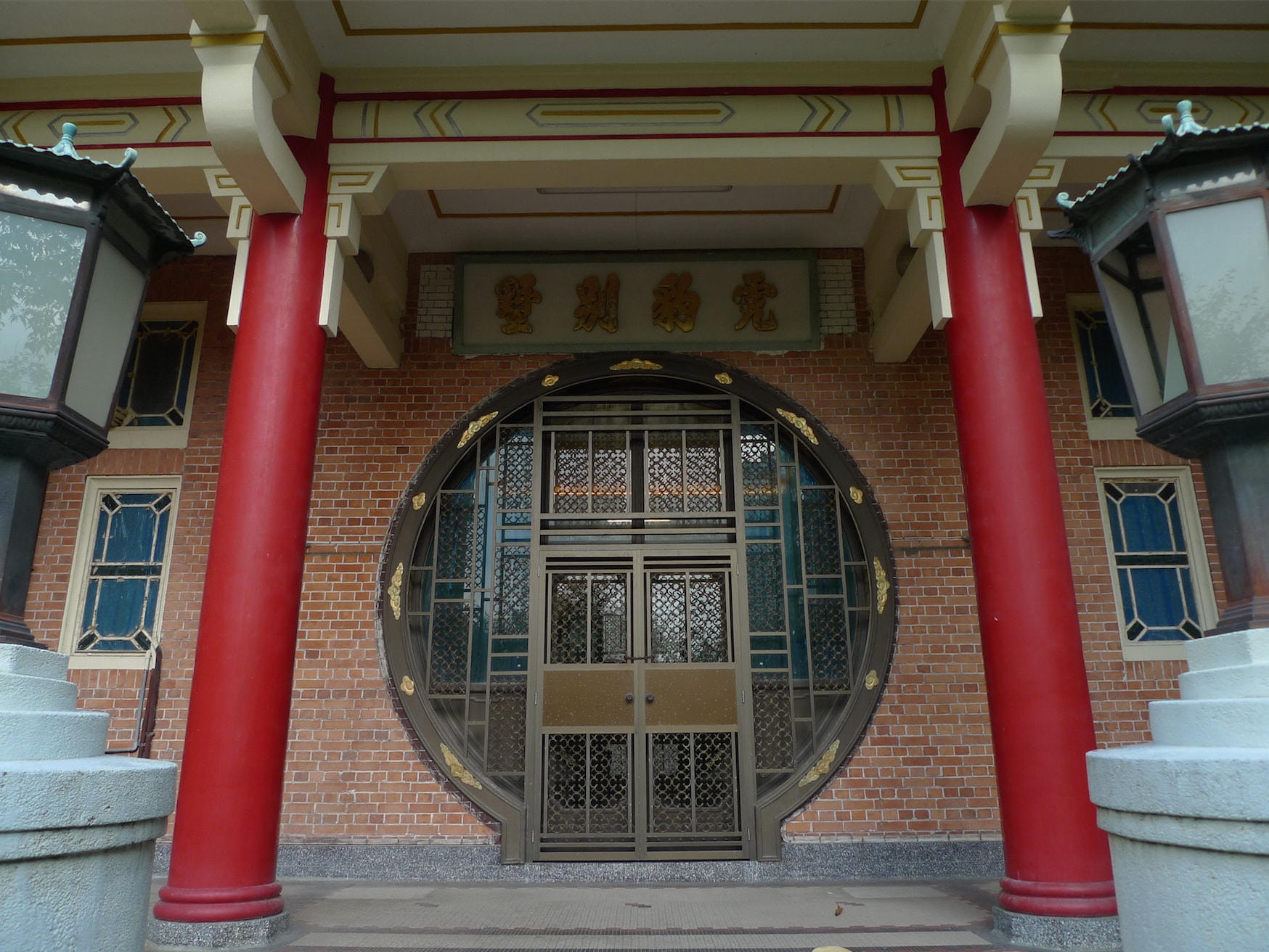
Negotiations went on between Cheung Kong and the government. In the end, a compromise was reached: it was decided that the Mansion would be preserved and the Garden demolished. Chung Kong built the high-rise on what was previously the garden, but had to keep the house intact.
The Hong Kong government, which now owns the Mansion, put it up for NGOs to bid. “This is quite a good scheme,” observes Prof. Ho. “The government would go in and pay for the renovation and conservation work, and the NGO can occupy and use the premises for very little money.” After two attempts, however, the government failed to secure an occupant. “The structure was difficult to convert into an office building because it was built as a house. They tried a couple of times, and on the third time, they asked Ms. Haw to come up with a proposal.”
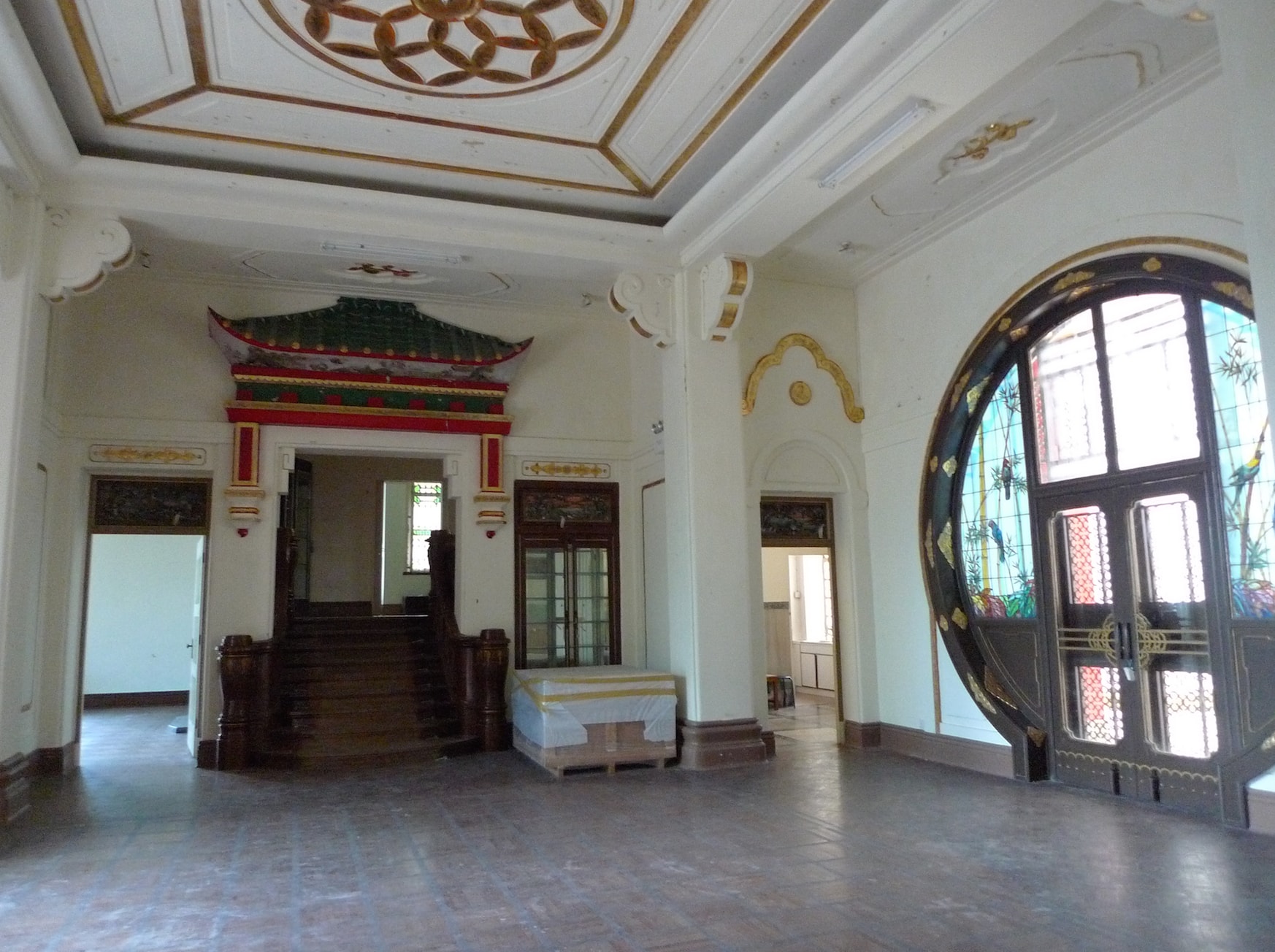
“Ms. Haw decided to turn the Mansion into a music school, and committed to put in some money towards the project. It was like she was returning to her house, but this time will be used as a music school.
“I was appointed chairman of the board, and the government gave the building to us. I was also the conservation architect, and we went through with the project with a clear understanding of all the requirements. It’s an adaptive reuse of an old building, and it required a lot of work.” The Hong Kong government reportedly put in close to S$18 million towards the project, which is slated to open by the end of the year.
Prof. Ho has developed a lecture on conservation that he calls ‘The Accidental Lecture’. “A lot of the buildings that get preserved were done so under very interesting, accidental circumstances. What got preserved are buildings that are not so good. The good buildings that often get torn down are those in very good locations where the value for redevelopment is high.
Ten years have passed since Ms. Carrie Lam, currently Hong Kong’s chief executive, began championing building conservation in Hong Kong. Prof Ho observes that things have since moved very fast. “I am happy with the way things are happening in Hong Kong where preservation is concerned. Ms. Lam has been initiating a lot of preservation projects; in the past decade alone, Prof. Ho has been involved in 100 of these.
But he has misgivings about the way conservation being done in Singapore. “I don’t think we are doing it properly,” he says candidly. But he plans to convince the URA and other parties to find the right way of documentation, devising a conservation management plan, looking at heritage impact assessment, as well as the proper technique in protection, preservation, and reconstruction.
“The National University of Singapore has no program on conservation,” reveals Prof. Ho. (Singapore has only two architecture schools, at the NUS and the Singapore University of Technology and Design.) “Meanwhile, we have about 7,000 buildings to conserve; where is the expertise? We’re also supposed to be a garden city, and yet the NUS runs only one landscape architecture program. Every year, two or three Singaporean students would graduate from the program, versus 20 students from other countries.”
Prof. Ho is very vocal about his dissatisfaction. At least it signals that there is hope yet.




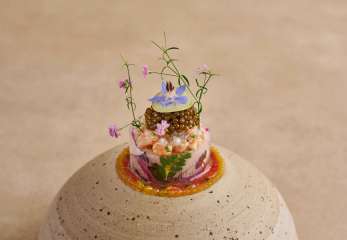
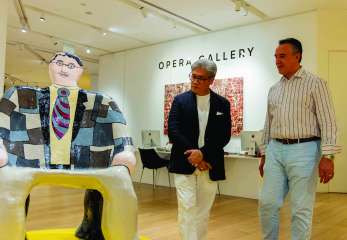
-ADiN.jpg&w=347&h=240&crop-to-fit)
.jpg)







 Back
Back
